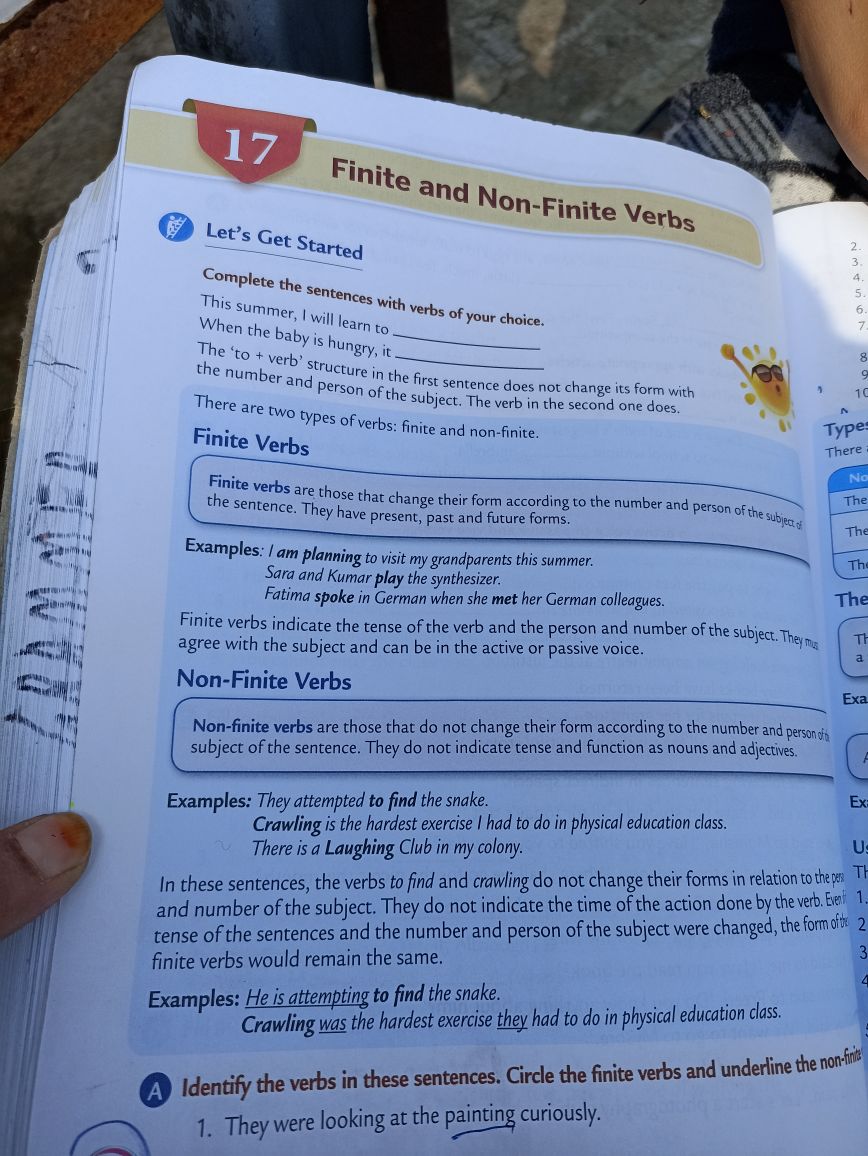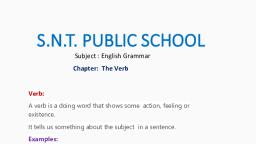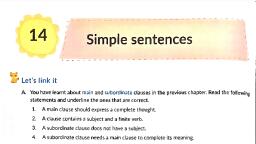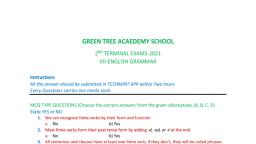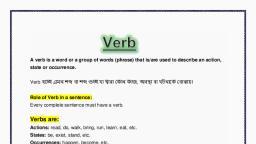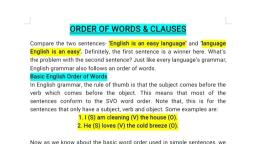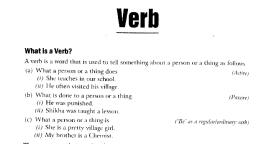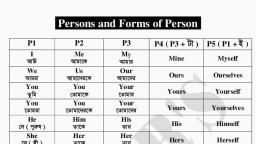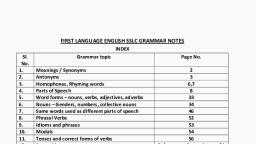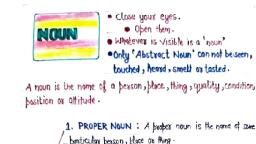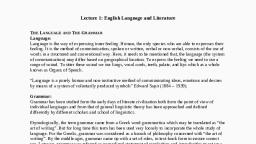Page 1 :
structure in the, = nd person of the, ere are two typ, , , , fi, Bt sentence does not change is form with, subject. The verb in the second one does,, , , , a, eS Of verbs: fj 3, i finite., nite Verbs es, , , , Finite verbs are those th, , , , , , , , , , , tae hat change their form according to the numb Us, entence. They have present, past and fitureforms, PON thea, The, Examples; sar, ples: /am Planning to visit my grandparents this summer. Th, Sara and Kumar play the synthesizer., Sook] Fatima spoke in German when she met her German colleagues. The, >i) Finite verbs indicate the ten:, ' : ise of the verb and the person and number of the subj, a agree with the subject and can be in the active or passive voice, Thee a, | ACS) Non-Finite Verbs, im Hy Exa, Tl Non-finite verbs are those that do not change their form according to the number and persons, Hi subject of the sentence. They do not indicate tense and function as nouns and adjectives. y, Examples: They attempted to find the snake. EX, , Crawling is the hardest exercise | had to do in physical education class., There is a Laughing Club in my colony., , In these sentences, the verbs to find and crawling do not change their forms in relation tothe, and number of the subject. They do not indicate the time of the action done by the verb.", tense of the sentences and the number and person of the subject were changed, te fore, finite verbs would remain the same., , Examples: He is attempting to find the snake. i t, fi Crawling was the hardest exercise they had to do in physical education clas., , F ) seni the verbs in these sentences, Circe the fire verbs and underne He, , ; 1. They were looking at the painting curiously., a
